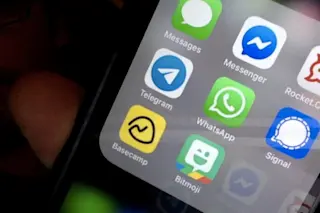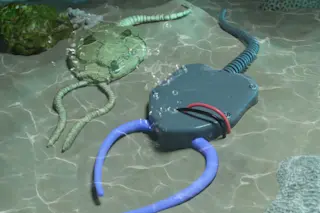The next time you enjoy the sight of a hummingbird in a garden, you might want to look twice--because it could be the government's new avian-inspired drone. Dubbed "Nano Hummingbird," this camera-toting, remote-controlled surveillance tool is the latest gadget to fly out the doors of DARPA (Defense Advanced Research Project Agency). http://www.youtube.com/watch?v=96WePgcg37I Commissioned by the Pentagon in 2006 and designed by AeroVironment, this bird-drone's abilities match its $4 million price tag: It flies forward, backward, and sideways, and it can even hover in mid-air. That's not bad for a battery-powered, 6.5-inch long bundle of communication systems and motors that weighs in at two-thirds of an ounce. “We've achieved what our customer asked us to,” AeroVironment Vice President Steve Gitlin told TIME Magazine. But with the robot's maximum speed clocking in at 11 miles per hour, natural hummingbirds can fly circles around this bot. DARPA hopes Nano Hummingbird could eventually be ...
Coming Soon to a War Near You: Robo-Hummingbird Drones?
Discover how the Nano Hummingbird drone is revolutionizing remote-controlled surveillance with its advanced technology.
More on Discover
Stay Curious
SubscribeTo The Magazine
Save up to 40% off the cover price when you subscribe to Discover magazine.
Subscribe












